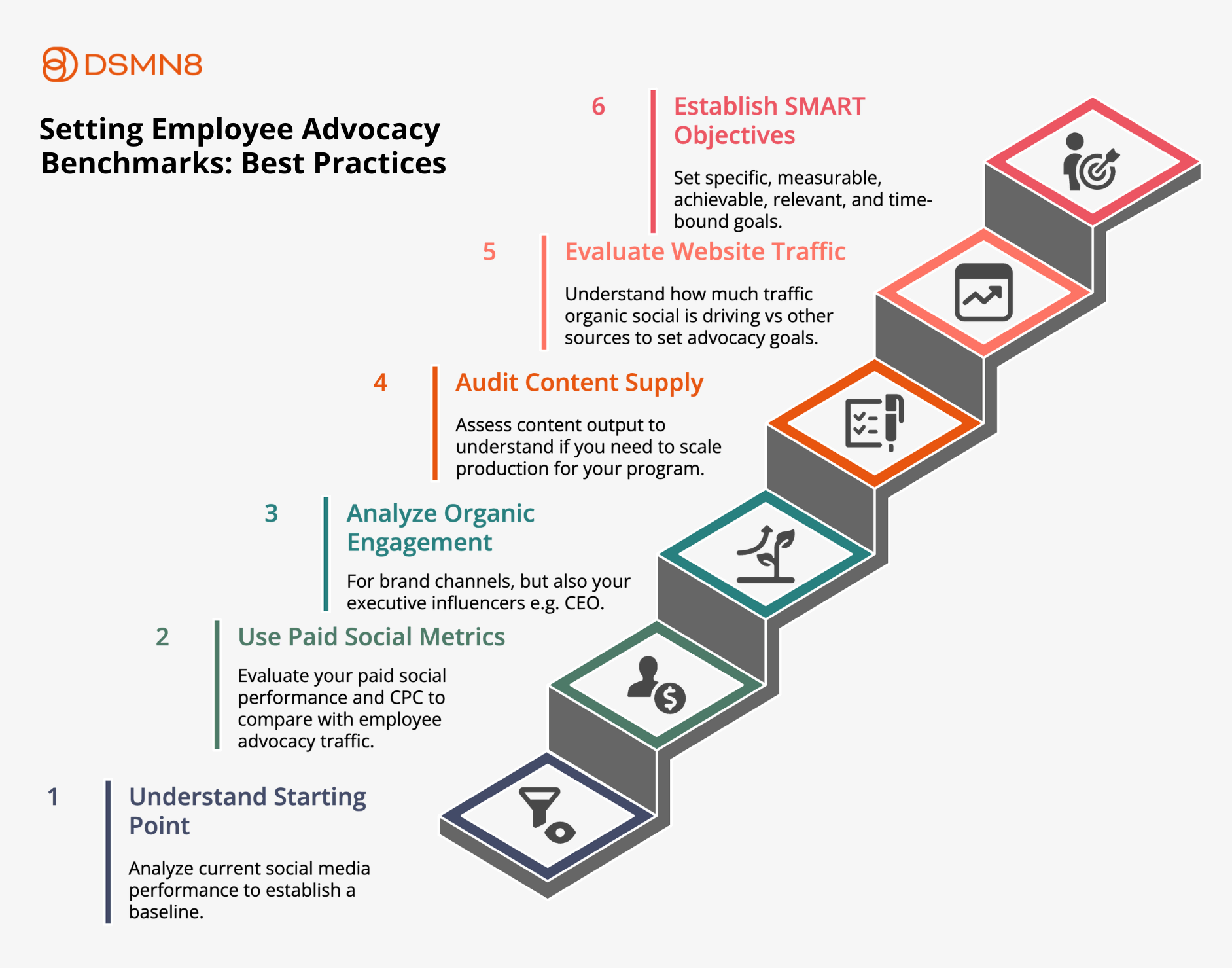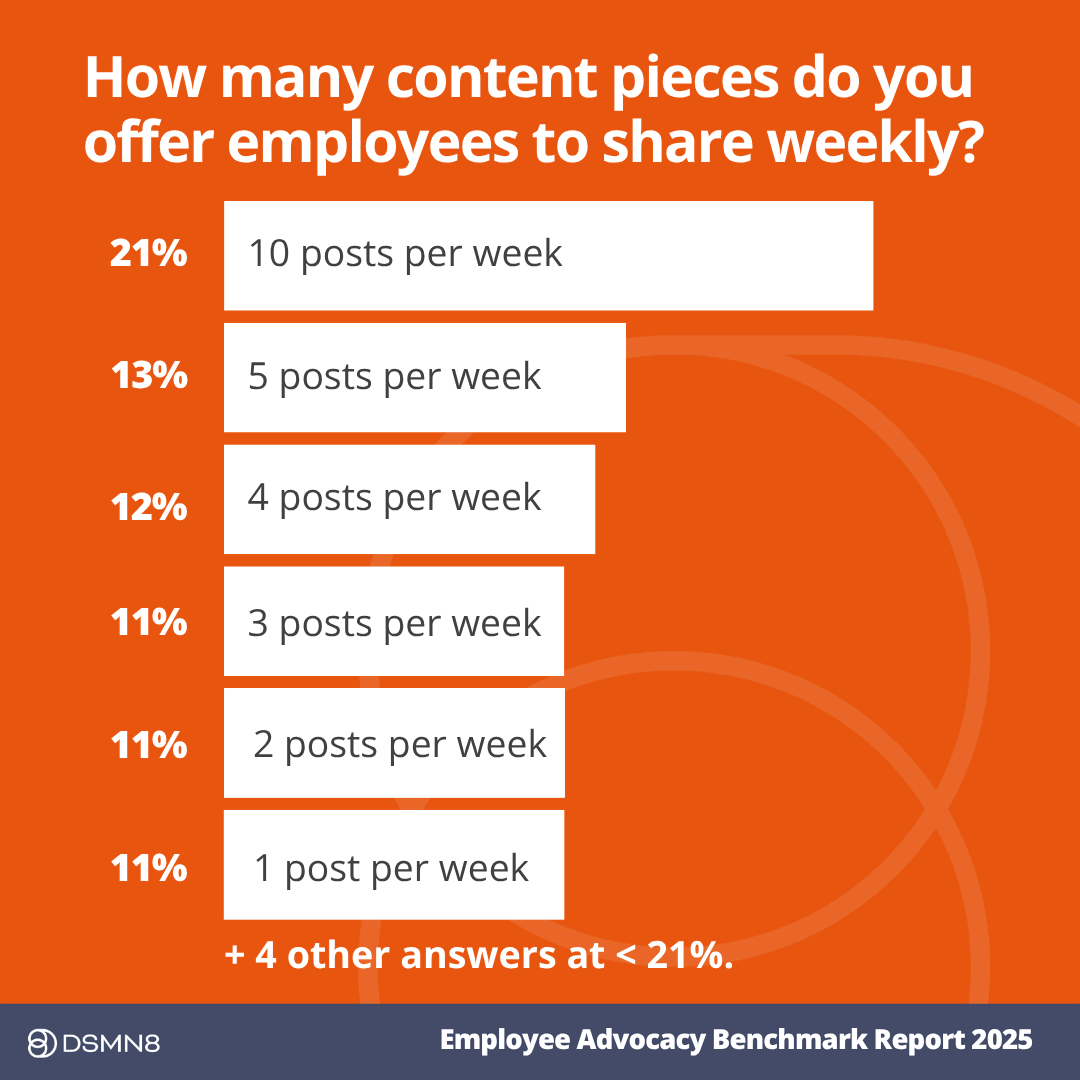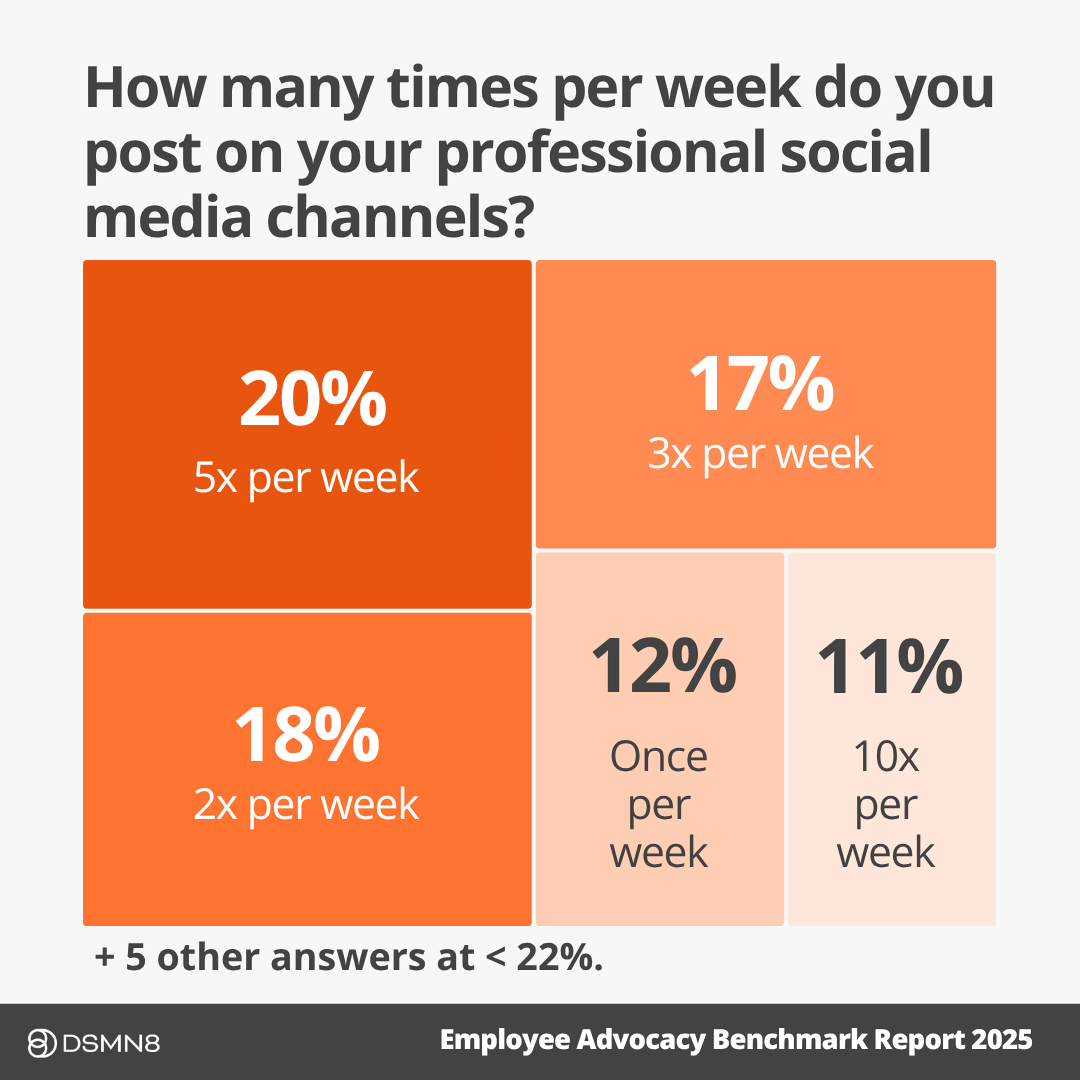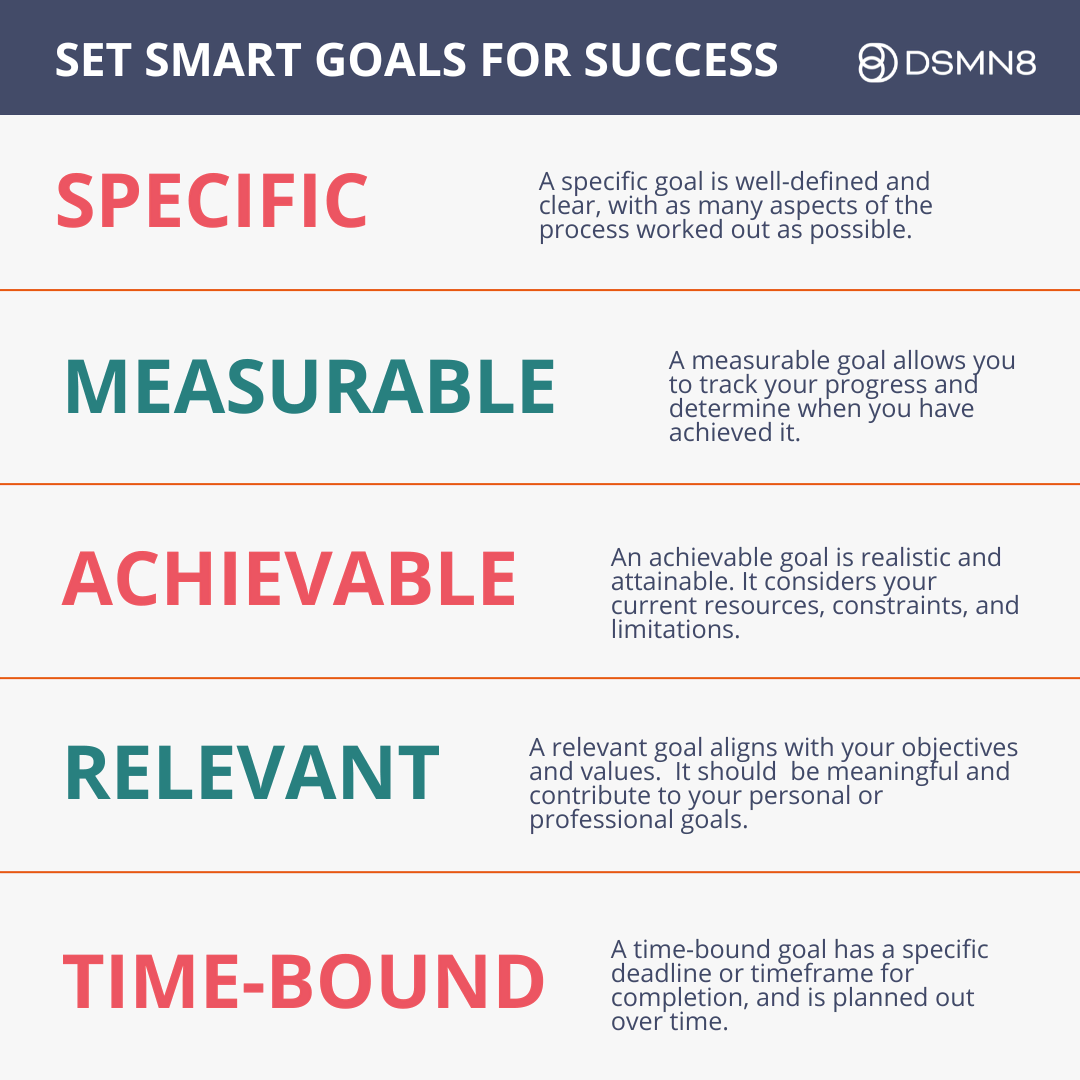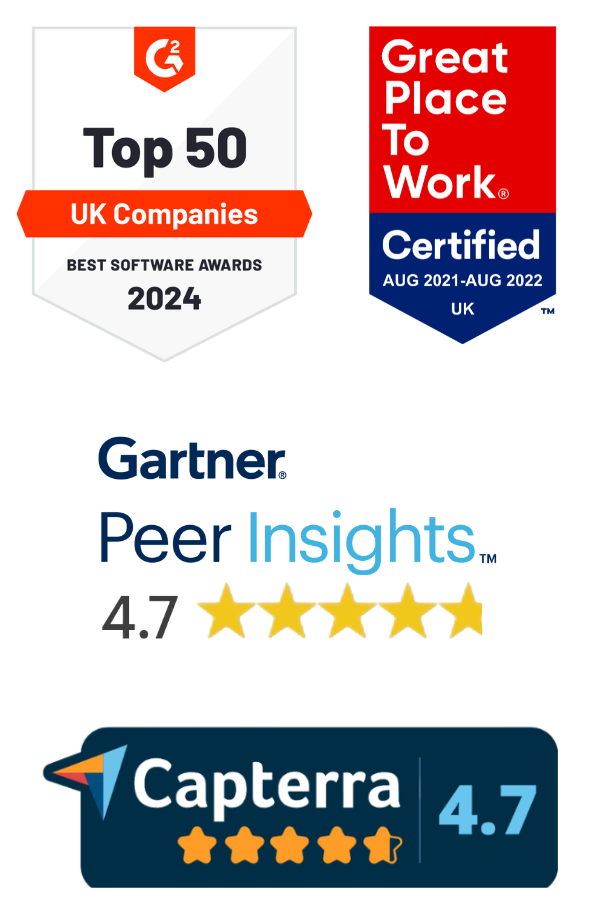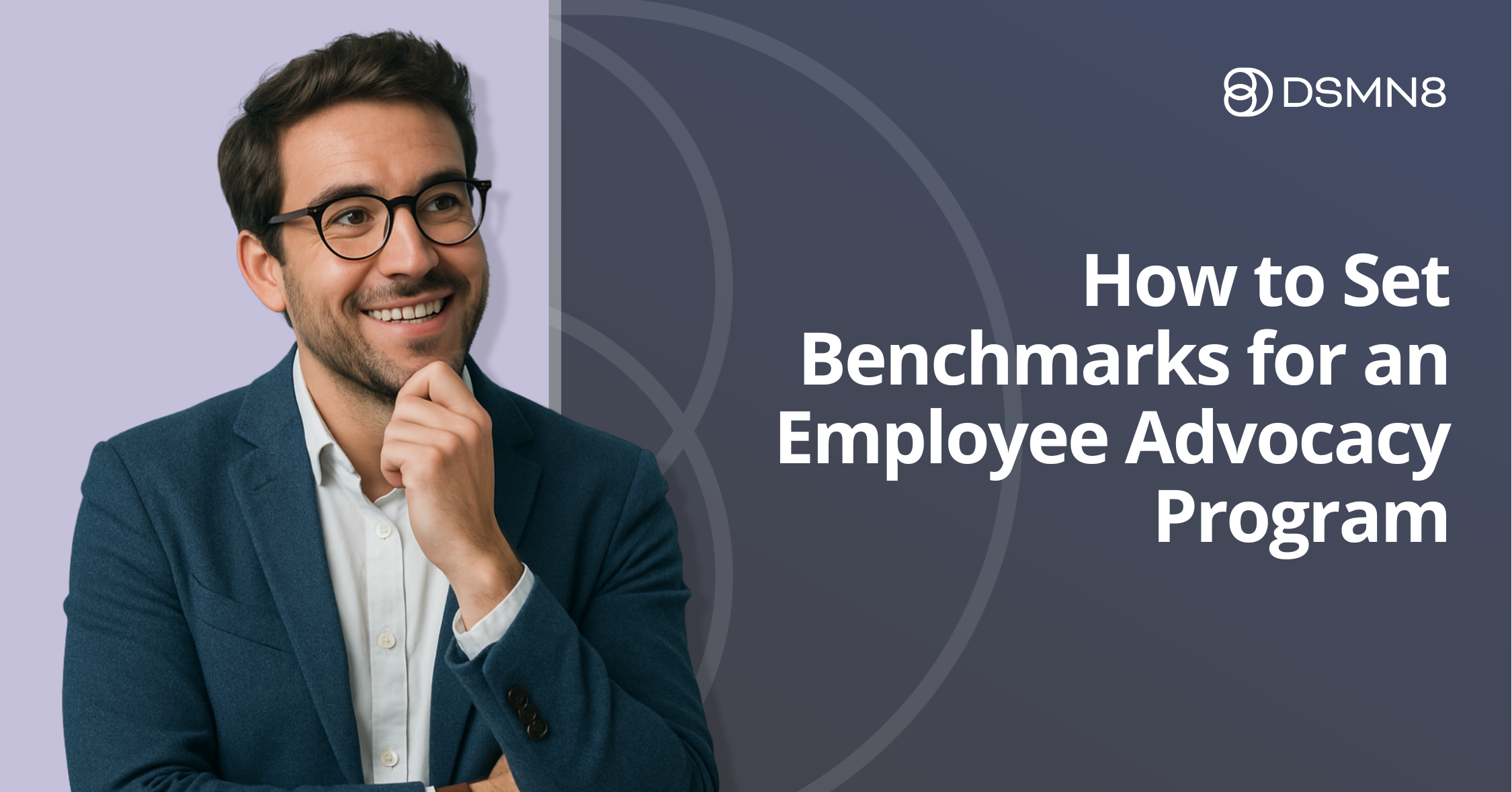
When launching an employee advocacy program, one of the biggest hurdles is knowing where to start.
You might be asking, “What does good even look like?”
Without clear benchmarks, it’s difficult to measure progress, prove ROI, or get buy-in from stakeholders. Every business is different, which means success shouldn’t be defined by generic industry standards: it should be based on your own data.
This guide will help you set realistic, tailored benchmarks by looking at your current paid media performance, organic social engagement, follower growth, and website traffic.
Whether you’re building a business case or just trying to launch with confidence, these steps will show you how to define success before your first post goes live.
1. Understand Your Starting Point
The best place to start is with the data you already have.
Before launching your program, audit your existing performance to establish a clear baseline. This helps you set goals that are realistic, relevant, and tailored to your organization.
Here’s what to review:
This initial audit forms the foundation for setting personalized, measurable goals. You’re not starting from scratch, you’re building on what’s already working.
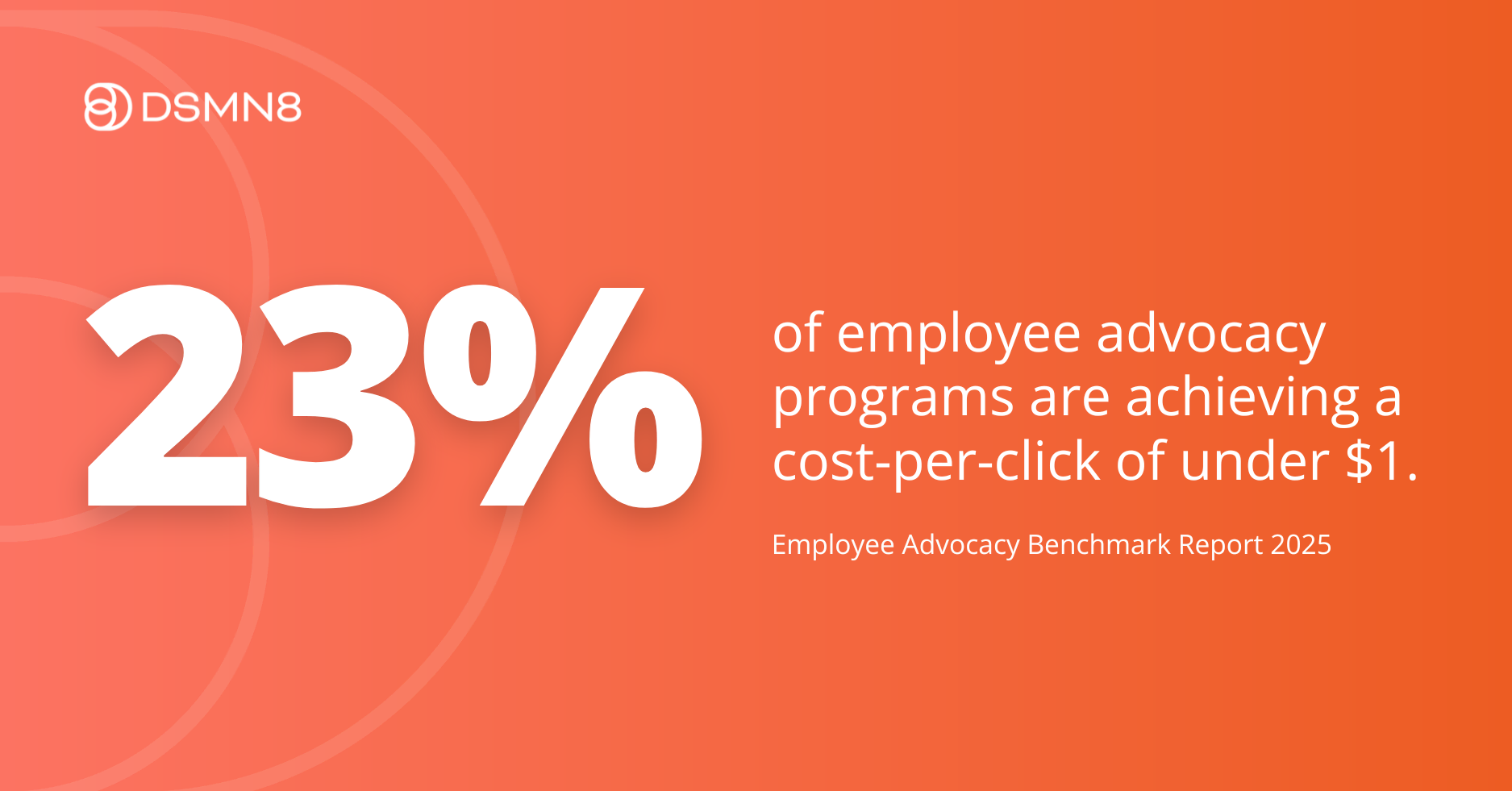
2. Use Paid Social Metrics as a Benchmark
One of the fastest ways to frame advocacy’s value is by comparing it to paid media.
Review your:
-
Cost-per-click (CPC) and Cost-per-mille (CPM).
-
Impressions and reach.
-
Click-through rates.
-
Conversion data from LinkedIn or Facebook Ads.
If you’re averaging $5 per click on ads, this gives you a clear benchmark to beat! An employee advocacy platform like DSMN8 will enable you to easily compare performance with earned media value.
If you know how many employees will be joining your program, use our free ROI calculator for an immediate calculation.
👉 Benchmark Report Insight: 23% of organizations are achieving a CPC of under $1 from employee advocacy posts, making it significantly more cost-effective than traditional paid ads. Download the full benchmark report.
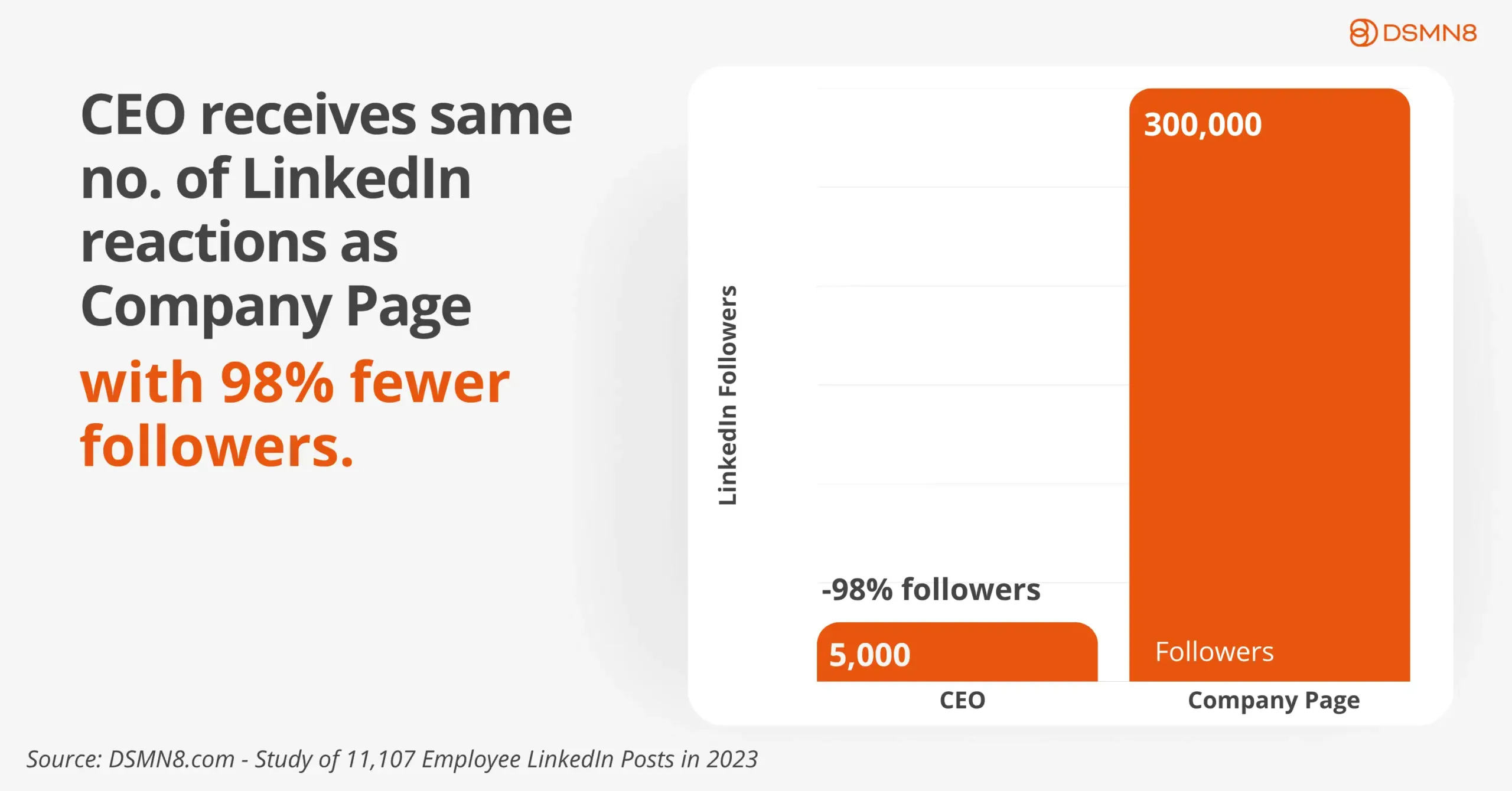
3. Analyze Organic Social Engagement
Review your existing organic engagement, both for company content and any employees who are already sharing content on LinkedIn. You’ll want to know:
-
Average likes, comments, shares per post.
-
Top-performing content types.
-
Organic reach and follower counts.
Don’t forget your executive influencers, leaders like your CEO or department heads. Their reach is often underutilized, and tracking their baseline engagement can give you a benchmark for advocacy-led visibility.
Our data revealed that a CEO with 5,000 LinkedIn connections achieves the same level of engagement as a company page with 300,000 followers! 🤯
💡 Take note of your company page’s total social follower count. You’ll be comparing this with your combined employee reach once advocacy kicks in.
4. Audit Your Content Supply
You’ll want to consider how much content your marketing team currently produces and how much you’ll need to sustain an advocacy program.
Providing content on a regular cadence is essential for keeping employees engaged with the program as well as driving results!
📊 Benchmark Report Insights:
-
21% of organisations provide 10 or more shareable pieces of content weekly.
-
Top content formats for advocacy programs: Text-based articles (74%), images (75%), videos (68%).
- 18% of employee advocates post 3x per week, and 17% post 5x per week. Consider setting a starting goal of 2x posts per advocate per week.
💡 Start by asking: Can we consistently produce 5–10 shareable content pieces each week to sustain our program?
This episode of the podcast is a useful guide to the content you’ll need for an employee advocacy program:
5. Evaluate Website Traffic
Understanding where your traffic currently comes from helps you track advocacy impact later.
-
Review Google Analytics for source/medium breakdown.
-
Compare paid vs. organic vs. direct vs. social.
-
Consider adding self-reported attribution to website forms for capturing insights like “I saw it on LinkedIn”.
💡 Pro Tip: Decide your UTM parameters now to isolate employee advocacy traffic and track growth over time.
6. Establish SMART Objectives
Once you’ve completed your audit, it’s time to convert your findings into clear goals.
SMART goals are:
-
Specific
-
Measurable
-
Achievable
-
Relevant
-
Time-bound
Use your audit data to set benchmarks tailored to your audience, output, and goals, rather than relying on a generic industry average.
💡 For example: “Increase social referral traffic by 20% over the next 6 months through employee shares.”
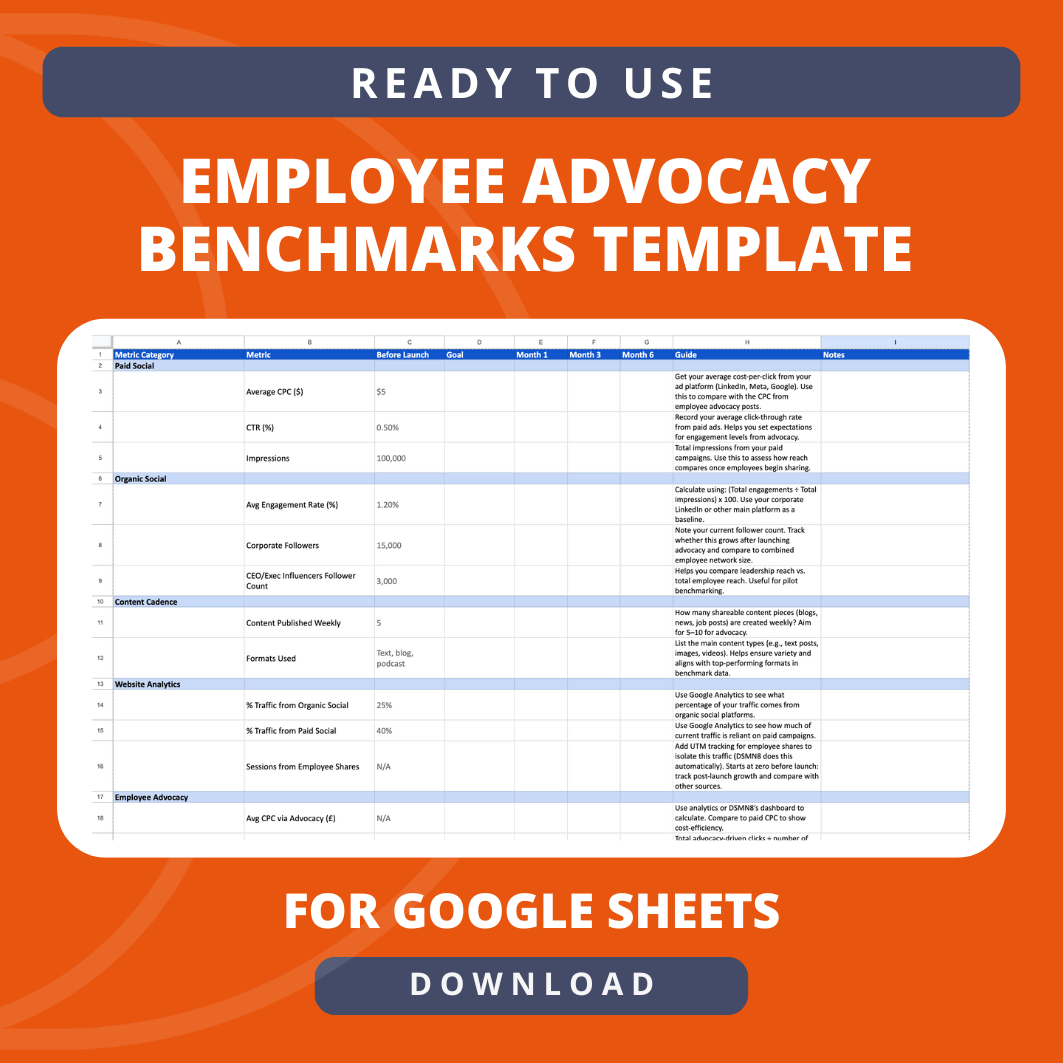
Free Template: Employee Advocacy Benchmark Tracking Sheet
To help you track your performance from day one, we’ve created a free benchmark tracking template on Google Sheets.
Use it to:
✅ Audit your current performance before launch.
✅ Set clear, measurable goals based on your own data.
✅ Auto-calculated CPMs based on your actual reach and spend.
✅ Track progress at key milestones (Month 1, Month 3, Month 6).
Final Thoughts & Additional Resources
Launching an employee advocacy program is exciting, but it needs a clear definition of success. Benchmarks help you move beyond guesswork and set goals based on your actual performance.
By reviewing your current paid media results, organic engagement, content output, and website traffic, you can create a strong foundation for your program. These insights give you a realistic view of what’s achievable and align your efforts with business objectives.
Most importantly, benchmarks let you track progress and tell a meaningful story of growth and impact. This will help you build a strategy that fits your brand, your people, and your goals. Start where you are, measure what matters, and grow with intent 🌱
Want help reviewing your current performance? Book your free advocacy health check or download the full Benchmark Report to start building smarter benchmarks.
Ready to get started? Book a Demo and start building your data-driven advocacy program today.
More Resources You’ll Find Helpful:
Emily Neal
SEO and Content Specialist at DSMN8. Emily has 10 years experience blogging, and is a pro at Pinterest Marketing, reaching 1 million monthly views. She’s all about empowering employees to grow their personal brands and become influencers.

